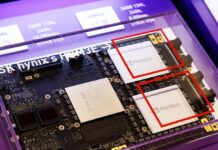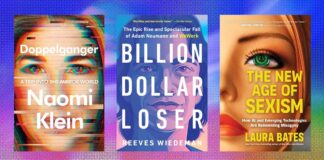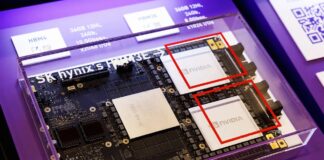The story of artificial intelligence was once framed as a race between independent labs, fueled by a desire to benefit humanity. That vision died long ago. Today, advanced AI is effectively controlled by a single, interconnected financial and technological entity — what I call the Blob. This isn’t a conspiracy; it’s the logical outcome of scaling laws, insatiable capital demands, and strategic partnerships that now dominate the field.
From Idealism to Interdependence
The origins trace back to Elon Musk, who recognized AI’s potential for both immense progress and catastrophic misuse. He initially backed DeepMind, but left when Google acquired it, fearing profit motives would overshadow ethical considerations. Musk then helped found OpenAI, with the original intent of prioritizing human benefit over shareholder value.
However, the reality is starkly different. OpenAI is now worth hundreds of billions of dollars, and Musk himself runs a for-profit AI company, xAI. The dream of a non-aligned, altruistic AI lab has evaporated. Even more disturbing, this consolidation isn’t organic; it’s driven by complex financial arrangements, government support, and the sheer cost of advanced AI development.
The Blob’s Interlocking Structure
The connections are dizzying. Even using AI itself to map them out (yes, I asked GPT-5 for help) reveals a circular machine of money and compute power. Take the recent deal involving Nvidia, Microsoft, and Anthropic. Microsoft invests billions in Anthropic, which then commits to buying billions more in computing from Microsoft’s Azure cloud. Nvidia invests in Anthropic, which develops its technology on Nvidia chips. The result? Nvidia deepens its customer lock-in, Microsoft hedges against OpenAI, and Anthropic’s valuation explodes.
This isn’t just about competition; it’s about mutual dependence. CEOs now openly admit they are “increasingly going to be customers of each other.” Nvidia’s Jensen Huang boasts that his company is “in every enterprise in every single country,” and sees this partnership as a means to dominate the global AI landscape.
Government Complicity and Global Expansion
The US government isn’t breaking up this consolidation; it’s facilitating it. Nvidia is allowed to sell chips to China (with a cut going back to the US), and Saudi Arabia is being courted as an AI partner despite its authoritarian regime. The administration appears less concerned with public harm than with securing its own piece of the pie.
This dynamic extends beyond the US. Saudi Arabia is funding AI efforts in the US while simultaneously building its own AI Blob, potentially competing with American companies in the future. The entire system is designed to ensure that no one is left behind — except, perhaps, the public.
The Inevitable Crash?
Even industry insiders acknowledge the precariousness of the situation. Google CEO Sundar Pichai warns that “no company is going to be immune” if the AI bubble bursts. The massive capital expenditure required for data centers and LLM training forces companies into a polyamorous relationship with cloud providers.
The Blob isn’t a cartel enforcing price-fixing; it’s a structural inevitability born from scaling laws and the need for partnerships. Yet, the spectacle of AI leaders attending White House events to honor authoritarian figures like Mohammed bin Salman underscores the moral compromises at play.
The AI revolution isn’t about liberating intelligence; it’s about consolidating power in the hands of a few, backed by governments and fueled by endless capital. This isn’t progress; it’s a carefully constructed monolith, and the future will be shaped by those who control it.

























